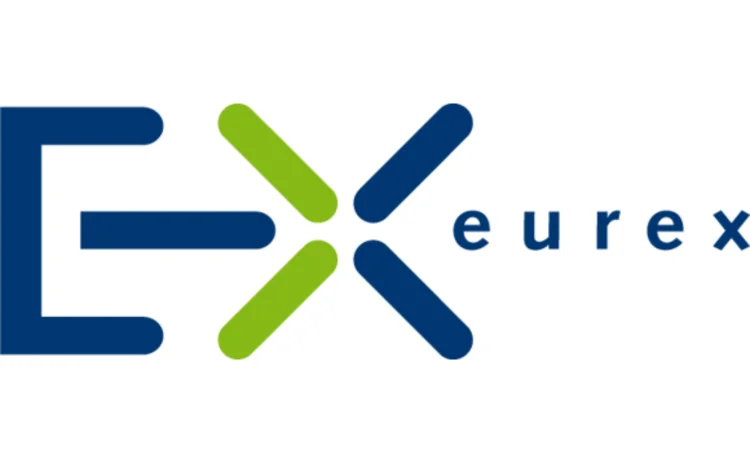
Commodity focus: Eurex is Entering the Commodities Space

Today, Eurex is well known in the equity and fixed income markets as the leading exchange for the trading and clearing of major European benchmark futures and options, for example, Bund and Dow Jones EURO STOXX 50® Index. In terms of alternative asset classes, Eurex has not been as active. However, this is now changing as market trends, such as reducing counterparty credit risk, increase the appetite for exchange-traded and/or centrally cleared derivatives in various asset classes.
Together with the European Energy Exchange, CO2 emission derivatives were made available in December 2007. This marked the starting point of Eurex’s move into the commodities segment. Since the beginning of 2009, three additional product groups have been added: Gold Futures and Options, based on the London Bullion Market Fixing, were launched at the beginning of February, followed by futures on property returns measured by the Investment Property Databank UK Annual All Property Index. Last, but not least, four cash-settled futures based on the Dow Jones-AIG Commodity IndexesSM (the Composite, Agriculture, Energy and Industrial Metals) went live at the end of March, marking the next step in Eurex’s diversification of its product portfolio.
Futures on the broad commodity market
The Dow Jones-AIG Commodity IndexSM (DJ-AIGCISM), launched in 1998, is one of the two leading commodity indexes in terms of assets linked to it. By employing sector caps, it is less energy-focused than the S&P GSCITM index. Over the last five years, the amount of money invested in commodity index products overall increased from $20 billion to $90 billion, while at its peak it was almost $200 billion before commodity prices fell in the second half of 2008. The growth was partly based on the preference of certain institutions to use indexes rather than single commodities. Some funds are not allowed to invest in single products or in derivatives with physical delivery. In addition, index products reduce the risk of commodity investments, which is especially true in times of record levels of volatility. Furthermore, some investors use commodities as an addition to their portfolios in order to diversify their equity and bond exposure.
The standard way of investing in commodity indexes is via over-the-counter (OTC) swaps. The new Eurex futures will offer an alternative tool. Eurex will use the excess return version of the index as the underlying, have quarterly expirations up to one year and a contract value of around $20,000 (index level x 250). This allows market participants to trade in an exchange environment with all its benefits, namely, increased transparency, lower trading costs, multilateral trading facilities, smaller contract sizes and counterparty risk mitigated by central clearing.
Agriculture, Energy and Industrial Metals
Most of the OTC trading in the DJ-AIGCI family is on the composite level. Nevertheless, there are also good reasons to list and promote the sub-indexes as an offering for market participants who concentrate on one of the subsectors. Moreover, the differences between DJ-AIGCI and S&P GSCI are smaller on the sub-index level. To keep the offering focused, Eurex started with just three sub-indexes, but it is very likely that the other sectors, for example, Precious Metals, Livestock or Petroleum, will follow at a later point. Depending on the success of the futures contracts, options on some of the indexes will also be added.
Please click here to view the full PDF of this article
Sponsored content
Copyright Infopro Digital Limited. All rights reserved.
As outlined in our terms and conditions, https://www.infopro-digital.com/terms-and-conditions/subscriptions/ (point 2.4), printing is limited to a single copy.
If you would like to purchase additional rights please email info@risk.net
Copyright Infopro Digital Limited. All rights reserved.
You may share this content using our article tools. As outlined in our terms and conditions, https://www.infopro-digital.com/terms-and-conditions/subscriptions/ (clause 2.4), an Authorised User may only make one copy of the materials for their own personal use. You must also comply with the restrictions in clause 2.5.
If you would like to purchase additional rights please email info@risk.net
